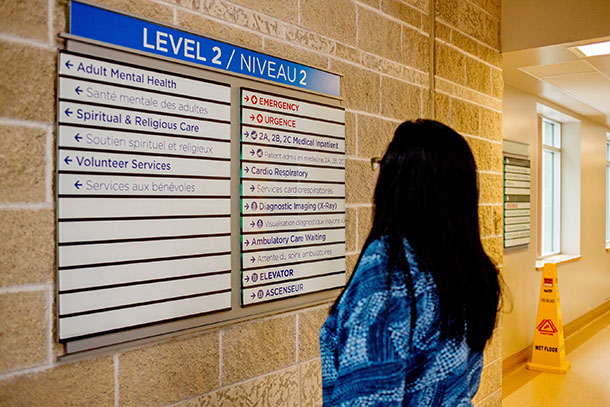Geneva – New findings show that almost one-third (31%) of adults globally, roughly 1.8 billion people, did not achieve the recommended levels of physical activity in 2022. This alarming trend, identified by researchers from the World Health Organization (WHO) and published in The Lancet Global Health journal, indicates a 5 percentage point increase in physical inactivity from 2010 to 2022.
Rising Trend of Physical Inactivity
If this trend continues, inactivity levels are projected to reach 35% by 2030, derailing the global target to reduce physical inactivity by then. WHO guidelines recommend that adults engage in 150 minutes of moderate-intensity or 75 minutes of vigorous-intensity physical activity per week. Failure to meet these guidelines increases the risk of cardiovascular diseases, type 2 diabetes, dementia, and cancers like breast and colon cancer.
Regional and Demographic Disparities
The highest rates of inactivity were observed in high-income Asia Pacific (48%) and South Asia (45%). Other regions showed inactivity levels ranging from 28% in high-income Western countries to 14% in Oceania. Gender disparities persist, with 34% of women being inactive compared to 29% of men. Moreover, adults over 60 are generally less active, highlighting the need for targeted physical activity promotion among older populations.
Calls for Renewed Commitment
“These findings highlight a missed opportunity to reduce cancer, heart disease, and improve mental well-being through increased physical activity,” said Dr. Tedros Adhanom Ghebreyesus, WHO Director-General. He emphasized the need for renewed commitments to physical activity, strengthened policies, and increased funding to reverse this trend.
Efforts and Solutions
Despite the grim overall picture, some countries have shown progress. Nearly half of the world’s nations have improved over the past decade, and 22 countries are on track to reduce inactivity by 15% by 2030 if current trends continue. WHO calls for stronger policy implementation to promote physical activity through grassroots sports, active recreation, and transport options like walking and cycling.
“Physical inactivity is a silent threat to global health, contributing significantly to chronic diseases,” said Dr. Rüdiger Krech, Director of Health Promotion at WHO. He advocates for innovative approaches to make physical activity accessible, affordable, and enjoyable for all, thereby reducing the risk of noncommunicable diseases.
Community and Policy Initiatives
Promoting physical activity requires a whole-of-society approach, creating environments that facilitate safe and enjoyable physical activity. Dr. Fiona Bull, Head of the WHO Unit for Physical Activity, stresses the importance of partnerships between government and non-governmental stakeholders and investments in innovative methods to reach inactive populations and reduce inequalities in access to physical activity.





